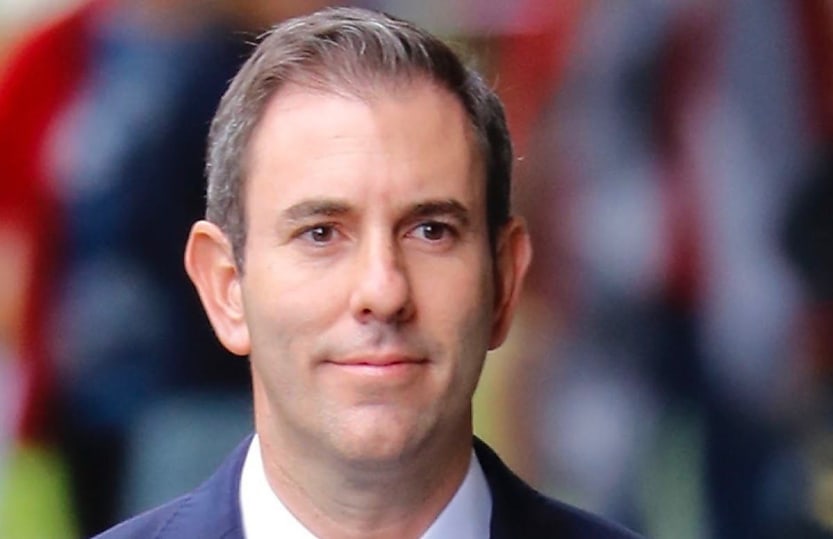Australia’s slow economic growth in line with G20

Australia’s GDP growth is crawling, but this is unexceptional among G20 countries, many of which would be grateful for slow growth.
In the December quarter of last year, Australia’s GDP growth of 0.2 per cent was half a percentage point lower than the G20 area average of 0.7 per cent.
That said, this placed Australia roughly in the middle of the pack, leading to the negative growth of Saudia Arabia, Germany, and the UK and the slower growth of Brazil, the EU, France, Japan, Mexico, and South Africa.
In the 12 months from December 2022, Australia’s GDP grew by 1.5 per cent. This annual growth was 1.2 per cent lower than the year leading to December 2022.
Of all G20 countries, only four recorded higher GDP growth in 2023 than in 2022. India recorded 7.7 per cent growth, up from 6.5 per cent the year prior, followed by China whose GDP climbed from 3 per cent in 2022 to 5.2 per cent in 2023.
The US and Japan also reported a growth in year-on-year GDP. Over 2023, GDP decreased only in Saudia Arabia (by 0.8 per cent) and Germany (by 0.3 per cent).
The figures were released just weeks out of the G20 summit in São Paulo, Brazil, at which Treasurer Jim Chalmers shared his hopes for an “assumed but not assured,” happy ending for the inflationary pressures that flavoured the summit's agenda.
“Yes, global inflation has peaked, issues in the banking system have been well-contained, and growth in some major economies like the United States has defied expectations,” he told a room packed with the world’s leading economic ministers.
However, he added, “around a quarter of the G20 has recorded a recession or just narrowly avoided one,” not to mention the ongoing “disorder and disruption” caused by European and Middle-Eastern geopolitical disasters.
Within the week, Australia’s national accounts data was shared by the ABS, and the picture seemed to justify the Treasurer’s trepidation.
While the GDP grew over the December quarter, albeit more slowly, the per capita rate went backwards by 0.3 per cent. This is despite a fall of 0.5 per cent the quarter prior, and 0.2 per cent the quarter before that.
The slow GDP growth rate was the lowest in four quarters, each of which had been lower than its antecedent.
Similarly, interest payments on mortgages surged by 5 per cent over the quarter despite only a single rate increase. As noted by Deloitte Access Economics partner Stephen Smith: “Australia is not in recession, but many Australians are.”
That said, household savings did increase substantially over the quarter, from 1.9 per cent to 3.2 per cent as consumers seemed to restrict their spending to essential goods and services. Impending tax cuts will ease the pressure on household wallets next financial year.
Further, labour productivity increased for the second consecutive quarter, though resting at a deflated level relative to recent years.
The data served as a wake-up to Chalmers, telling him that inflationary measures had had their time in the sun – now, growth should be the target.
“It’s not mission accomplished on inflation,” he said, adding, however, “the balance of risks is shifting in our economy from what was almost a sole focus on inflation…to balancing those pressures in our economy,” said Chalmers.
“We’ve got a growth challenge,” he added.
John Hawkins, senior lecturer at the University of Canberra, wrote that Australia’s “better-than-expected” terms of trade raise the possibility of a second or even third consecutive budget surplus. This would give the government breathing room to set sights on growth, pending complimentary RBA rate cuts.
Last week, the OECD also released its bi-monthly unemployment data which found Australia’s unemployment rate was 0.7 per cent lower than the OECD average of 4.8 per cent.
Of the 32 analysed nations, Australia’s January unemployment rate was the 14th lowest.






